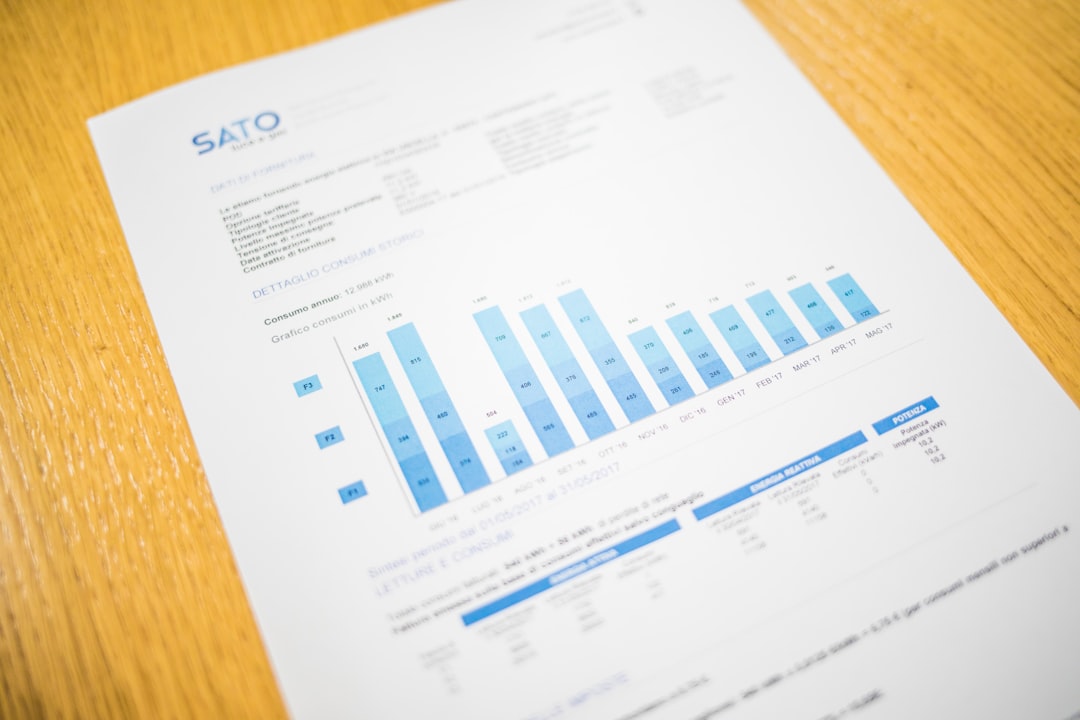Wine is a luxury item, and a good bottle of wine deserves to be stored properly. A wine fridge is an essential appliance for wine enthusiasts, and one of the key considerations is energy consumption. With the increasing cost of electricity, many people are wondering whether wine fridges use a lot of electricity. In this article, we will answer that question and explore the various factors that influence the electricity consumption of wine fridges.
Do Wine Fridges Use A Lot Of Electricity?
How much electricity does a wine fridge consume?
The electricity consumption of wine fridges varies based on several factors such as size, temperature control, and energy-saving features. On average, a wine fridge can consume between 50 to 150 watts per hour. This means that if you run your wine fridge for 8 hours a day, you can expect to consume anywhere between 400 to 1200 watts daily.
Are wine fridges energy efficient?
Wine fridges can be energy efficient, especially those with energy-saving features like insulated doors and LED lighting. Some wine fridges even come with a Energy Star rating, which means they have met energy efficiency standards set by the U.S. Environmental Protection Agency.
Can a wine fridge increase my electricity bill?
It depends on how often you use the wine fridge and how efficient it is. Running an energy-efficient wine fridge for 8 hours a day can increase your monthly electricity bill by just a few dollars. However, if you run a wine fridge that is not energy efficient for the same amount of time, you could end up paying significantly more.
What factors determine the electricity consumption of a wine fridge?
The electricity consumption of a wine fridge is influenced by several factors including the size of the unit, the temperature control system, and energy-saving features. The bigger the wine fridge, the more electricity it will consume. Wine fridges with digital temperature control systems tend to be more energy efficient than those with analog controls. Energy-saving features like insulated doors and LED lighting can also help reduce electricity consumption.
How does the size of a wine fridge affect its electricity consumption?
The larger the wine fridge, the more electricity it will consume. This is because larger wine fridges have more space to cool, which requires more energy. A smaller wine fridge will consume less electricity, but it may not have enough space to store all your wine bottles.
Are there any energy-saving features in wine fridges?
Yes, some wine refrigerator come with energy-saving features like insulated doors, LED lighting, and digital temperature control systems. These features help reduce electricity consumption and keep your wine at the proper temperature without using too much energy.
Can wine fridges be run on solar power?
Yes, wine fridges can be run on solar power, although this is not a common practice. If you want to use solar power for your wine fridge, you’ll need to install a solar panel and a battery system to store the
energy generated. It’s important to note that running a wine fridge on solar power may not be cost-effective for most people, but it can help reduce your carbon footprint and contribute to a greener environment.
Conclusion
Wine fridges use varying amounts of electricity based on their size, temperature control system, and energy-saving features. On average, wine fridges consume between 50 to 150 watts per hour, which can add a few dollars to your monthly electricity bill if used for 8 hours a day. Choosing a wine fridge with energy-saving features and a digital temperature control system can help reduce electricity consumption. Wine fridges can also be run on solar power, but this may not be cost-effective for most people.
FAQs
What is the average lifespan of a wine fridge?
The average lifespan of a wine fridge is around 8 to 10 years. This can vary depending on the quality of the unit, frequency of use, and maintenance.
Do wine fridges need to be defrosted?
Some wine fridges come with an automatic defrost system, while others require manual defrosting. It’s important to follow the manufacturer’s recommendations for defrosting your wine fridge to keep it running smoothly and efficiently.
What is the optimal temperature for wine storage in a wine fridge?
The optimal temperature for wine storage is between 45°F to 55°F (7°C to 13°C). This temperature range helps preserve the wine’s flavor, aroma, and color.
Do wine fridges have to be kept in a cool room?
Wine fridges are designed to regulate the temperature inside the unit, so it’s not necessary to keep them in a cool room. However, it’s important to keep the wine fridge in a location that is free from direct sunlight and heat sources.
Roseanne is an avid wine enthusiast, and has been our expert wine connoisseur since day 1. She’s extremely informed about all varieties of wine and different types of wine fridges.

